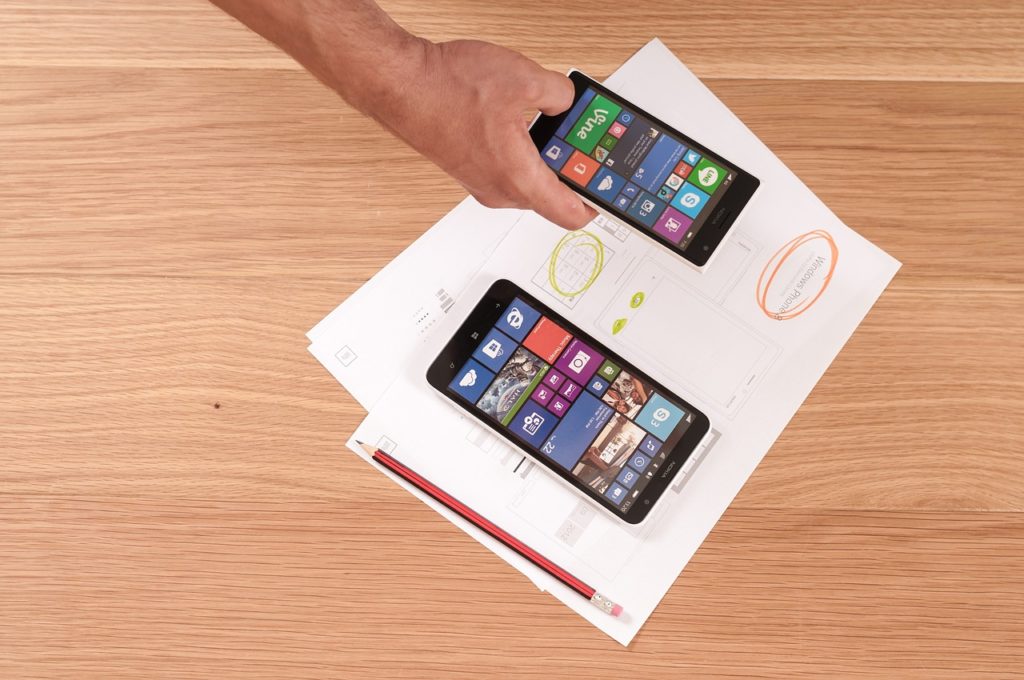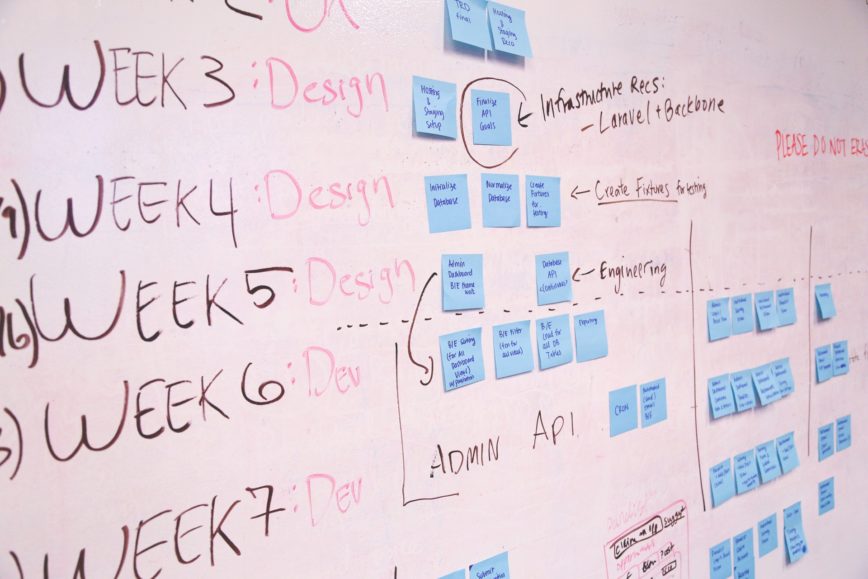Every prolific business started with an idea, established where that idea would fit in the market, and went through a development process. The same kind of process happens during app development. To successfully land your startup in an app store, you need to figure out the right methodologies to use to help you produce a product that will satisfy your market.
Many companies are lost in the dark when it comes to choosing a development technique that fits their app development plan, but they don’t have to be; they just need to have a strong understanding of three fundamental concepts, to build stronger market validation.
To go about this, certain questions need to be answered: “What does your business really need?”, “What are you trying to validate?”, and “Who is your product’s target audience?” Knowing the answer to these questions will help you decide whether you should develop a POC, Prototype, an MVP or a mix of all three.
You’ve probably already heard of these terms before, especially if you’re involved in the tech industry. But do you have a strong grasp on the difference between them and understand why they matter?
Let’s look at each method in its entirety:
Minimum Viable Product (MVP)

Eric Ries, American entrepreneur, blogger, and author of The Lean Startup, defines Minimum Viable Product as “that version of a new product which allows a team to collect the maximum amount of validated learning about customers with the least effort.”
To put it simply, MVP is the work-in-progress version of your technical solution. The idea is to market your product as soon as possible, get real people to use it, ask for their feedback, and then iterate or add the necessary features. MVP is an effective method used to help app owners understand whether people would want to download the app that they’re are trying to build.
A lot of entrepreneurs still find this concept confusing and tricky. Most of them have reservations in executing a minimum viable product launch, after all, why would anyone put out an unfinished product in the market?
This the common misconception regarding MVP. What most don’t know is that understanding and enabling this concept is essential to your app’s success. It will help you prevent wasting valuable time and resources creating products that people wouldn’t want to use. Moreover, an MVP’s iterative process identifies your users’ pain points while your app is being tested in the market.
MVP’s approach identifies the core value of your product and answers the question, “Is it viable?”.
The MVP method starts with you producing an app that looks and feels finished. This means that it should be a complete product with basic facilities required to run the app. After this, you must begin building your user base and find enthusiastic customers who would be willing to buy or try your app.
Based on your users’ feedback, you can make iterations to create a better, more polished product. As you enhance your app’s functionality and performance, you get to improve your value and increase viability. Ultimately, an MVP allows you to maximise ROI with every release version and move towards a fully developed application.
Proof Of Concept (POC)

Say that you have an idea for an app, but you’re not sure whether it’s possible to execute it in a technical standpoint. Is it enough to ask your developer about it? Sometimes, the best way to ensure stability, scalability, and feasibility is to create a minimal, functioning prototype that demonstrates the practicability of your app—in short, a POC or Proof of Concept.
Proof of Concept is all about testing if your idea is operationally feasible. In software development, it’s a technical exercise or a small internal project that determines whether a particular idea has legitimate potential or not.
POC simply gives the question “Will this idea work?” a “yes” or “no” answer. If your proof of concept gives you a positive result, you are more likely to get an initial buy-in from internal stakeholders and secure financing to build prototypes. On the other hand, if the answer is no, you have to go back to the drawing board before moving forward with production.
But is POC necessary for your business? The answer depends on whether you’re building a completely new and unique app, if so, creating a POC is a must for your app development process. But if there are comparable apps in the market with similar functionality to your proposed technology, then it’s wiser to get your facts from the existing apps or products out there.
Prototype

Minimum Viable Product and Proof of Concept determines what products to build, whereas a Prototype determines how it will be done, how it will look, how it will be used, and where it can be done. It is an important stage in your app development process as it helps you understand core app flows, the usability of the app, and special features to test out.
A prototype is an interactive model of the system that will allow you and your stakeholders and investors to visualise the user experience. Through a prototype, your stakeholders can give you useful feedback that you can iterate without spending a lot. Although it’s not pixel perfect, a prototype can point out errors in design or development early on, as well as eliciting new ideas or features to implement.
Looking at your app’s research results and strategy on paper isn’t enough. You need to work with an interactive prototype to get the look and feel of the app without having to go through the complex development process. Prototyping is a valuable exercise to learn how people would interact with your product.
Which Method Works Best
Building an app is not about choosing either one or the other method. These three techniques can be used as a quick and less expensive way to make informed decisions and validate a product. Each has their own added benefits and are individually advantageous. When used properly, you’ll be able to successfully identify key business concepts early, win stakeholders over, and validate your marketability.
Ready to consider these methods on your app development plan? Get in touch with us so we can discuss the right techniques and strategy for your app’s success.

